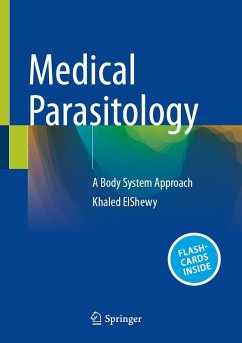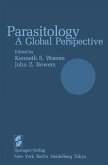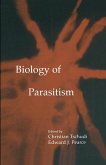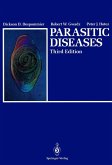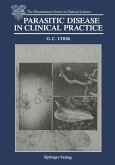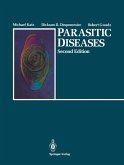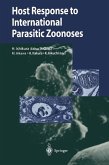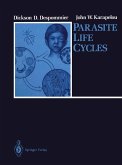Parasites are categorized based on the body systems they infect. To avoid repetition, parasites with multisystem effects are grouped under the system they primarily infect, and they are cross-referenced in other relevant sections. The book thoroughly covers the various stages of a parasite's life cycle, modes of transmission, epidemiology, and diagnosis of parasitic diseases. To foster a better understanding of the connections between basic and clinical subjects, the text emphasizes the pathogenesis and subsequent clinical presentation of commonly encountered parasitic infections in humans. Moreover, the text includes current information on the ever-changing field of anti-parasitic treatment, serving as a valuable resource for practitioners.
Each section is accompanied by endnotes that highlight key points, and review questions are provided to facilitate comprehension and review. The book's original drawings, tables, and colored diagrams are designed to simplify the understanding of pathogenesis and structural morphology. For those seeking additional details, structural morphology and dosages of anti-parasitic drugs are presented.
The language is straightforward, making the book suitable for medical students and physicians alike, enabling them to approach more simplified literature with confidence. Additional questions and answers via app: Download the Springer Nature Flashcards app free of charge and use exclusive additional material to test your knowledge.
Dieser Download kann aus rechtlichen Gründen nur mit Rechnungsadresse in A, B, BG, CY, CZ, D, DK, EW, E, FIN, F, GR, HR, H, IRL, I, LT, L, LR, M, NL, PL, P, R, S, SLO, SK ausgeliefert werden.

